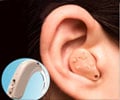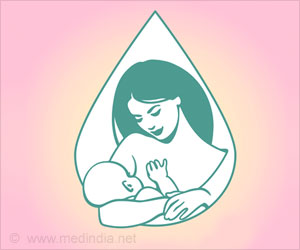outcomes following surgically implanted hearing aids that are anchored to bone appear comparable for children younger than 5 years and those older than 5 years
A report in the January issue of Archives of Otolaryngology–Head & Neck Surgery, one of the JAMA/Archives journals, shows, outcomes following surgically implanted hearing aids that are anchored to bone appear comparable for children younger than 5 years and those older than 5 years.
Early and consistent stimulation of the part of the inner ear known as the cochlea is critical to a child's development of speech and language. Bone-anchored hearing aids, structures that are surgically attached to the skull's temporal bone, treat hearing loss by directly stimulating the cochlea and conducting sound through the bone.Medical literature suggests that the optimal age for implanting these hearing aids is 2 to 4 years, but this is not common practice. For example, the U.S. Food and Drug Administration has approved the devices for use in only children older than 5 years.
Taryn Davids, M.D., and colleagues at The Hospital for Sick Children, Toronto, reviewed surgical data from children receiving bone-anchored hearing aids over a 10-year period between 1996 and 2006.
Twenty children 5 years or younger (average age 3.21) constituted the study group and were compared with 20 older children (average age 7.63). The devices were implanted using a one- or two-stage procedure, depending on the thickness of the child's bone. In the two-stage procedure, the hearing aid's titanium fixture was implanted first and the rest of the device installed later.
Hearing tests were performed on all the children before and after implantation, and physicians assessed the stability of the implant and condition of the skin at the surgical site at each follow-up visit (which occurred one week after stage 2 of the implant, every three months for nine months afterward, and then every two years).
All of the younger children and 18 of the older children underwent a two-stage procedure. The average interval between the first and second stages was significantly longer in younger children (7.72 months vs. 4.41 months). Two of the younger children and four of the older children experienced traumatic fixture loss, meaning the components loosened or detached from the skull and required general anesthesia to repair. Three of the younger children required skin site revision, additional surgery due to poor hygiene or inadequate care at the surgical site. All of the children continue to wear their bone-anchored hearing aids, and all experienced hearing improvement.
Advertisement
'Earlier implantation of bone-anchored hearing aids allows the younger children who receive them to benefit from earlier speech and language habilitation,' they conclude.
Source-Eurekalert
SRI











